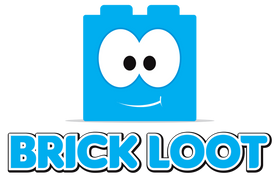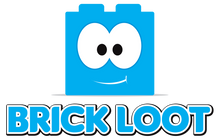Benefits of LEGO for Children with Autism
For children with autism and related disabilities, developing appropriate and functional play skills can be challenging. Finding toys and materials that foster the production of these skills is incredibly important. One great resource is LEGO! LEGO is popular across children and adolescents with varying interests and abilities, and can be utilized in a variety of ways to increase not only play skills, but a variety of other skills, as well.
appropriate and functional play skills can be challenging. Finding toys and materials that foster the production of these skills is incredibly important. One great resource is LEGO! LEGO is popular across children and adolescents with varying interests and abilities, and can be utilized in a variety of ways to increase not only play skills, but a variety of other skills, as well.
- Importance of Play
- Functional play is an area that is foundational in a child’s growth and development. For children with autism, these play skills may not come naturally. Exposing children to a variety of toys and materials is incredibly important. One often-utilized material is LEGO. LEGO bricks and sets offer a wide variety of options for children to be creative and feel success in play. Children with disabilities can be taught how to use LEGO, and can often shift into being more independent with their play with these blocks once the play repertoire has been established.
- Unlike other toys and games that may be more controlled, LEGO can be as structured or complex as the builder wants it to be. Individuals with autism often like things that are clear and that can be repeated. People with autism also like to know what they can expect next. Playing with LEGO allows this to a degree, but there are also slight changes that can be made during building, which can help reduce the rigidity of the individual’s play. Rather than building the same tower over and over, the child with autism might be prompted to build something different or be provided with an alternate set of LEGO in different colors/sizes. This way, they are still in the comfort zone of playing and building with familiar materials, while expanding and building upon existing play skills.
- Social Benefits of LEGO
- Because LEGO is so widely popular, LEGO clubs and groups are common across communities in places such as libraries, schools, and play centers. Having a common interest, such as playing with LEGO, can help children with autism form connections and friendships with peers that they may not otherwise have the ability or opportunity to have. If a child becomes confident playing with LEGO at home, then they are more likely to play with it in the school or play settings, which can draw other children over to play, and open the door to a conversation or interactive play.
- Therapeutic Uses of LEGO
- LEGO can be utilized during therapy such as Applied Behavior Analysis (ABA) Therapy, Occupational Therapy, and Speech and Language Therapy. LEGO can be used to work on fine motor skills (i.e. picking up small items with a pincer grasp), receptive communication skills (i.e. "Put the blue LEGO on top of the red LEGO”), and expressive communication skills, (i.e. “Tell me two things about what you just built”). Therapy for children with autism and related disabilities is often heavily reinforcement based. If LEGO is highly motivating to a child, it can be used as reinforcement to increase appropriate behavior and skill development, (i.e. “When you do good work and earn all of your stars, you can have 5 minutes of LEGO”).
Rachel Kommit is a Board Certified Behavior Analyst at North Shore Pediatric Therapy (www.NSPT4kids.com) in Lincolnwood, IL. Rachel has worked with children of varying ability and ages since graduating from Michigan State University with a Master of Arts in Special Education with a focus on autism, and a graduate certification in Applied Behavior Analysis. Rachel has a great deal of experience designing individualized programs to increase social, play, functional, and academic skills for children with autism and related disabilities. For more information on North Shore Pediatric Therapy and the services offered, please call (877)486-4140 or visit www.NSPT4kids.com

